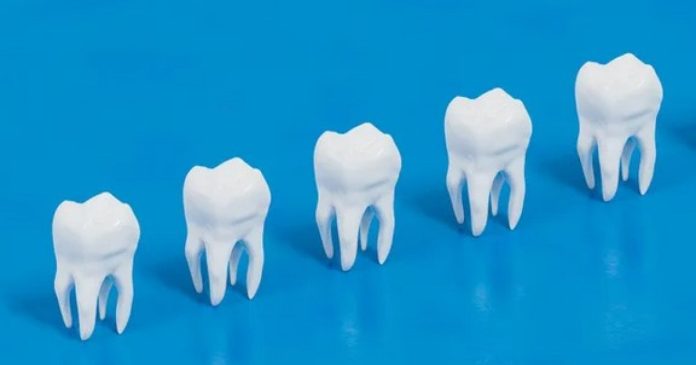Scientists have taken an important step towards growing teeth in the laboratory, which can be a revolution in dentistry. The new material created allows stem cells to "communicate" with each other in the same way as it happens in the human body, which makes it possible to reproduce the process of teeth formation. This breakthrough can be an alternative to traditional teeth treatment with seals and implants.
Usually, a person grows two sets of teeth throughout his life - milk teeth that appear at the age of 6 months, and adult teeth that appear from 6 years. However, after eruption of the last teeth in the human body, stem cells, responsible for their constant regeneration, disappear, unlike some animals, such as sharks or crocodiles in which their teeth are constantly restored. Currently, when their teeth are damaged, people turn to dentists who offer treatment with seals or artificial implants. However, these methods have some restrictions: the fillings over time weaken the structure of the tooth and have a limited service life, and implantation requires invasive surgery, which can lead to the risk of infection and damage to the surrounding tissues. Scientists from the Royal College of London have been working on the idea of growing teeth in the laboratory for several years, and their efforts have been successful. They have developed a new material based on hydrogel, which allows stem cells to "communicate" and interact as it happens in the natural environment of the body. Hydrogel imitates the tissue matrix that surrounds cells in the body, which allows cells to develop in the teeth. This discovery can change the approach to teeth treatment in the future. Scientists believe that the teeth grown in the laboratory will be more durable, durable and are less likely to be rejected by the body than implants. In addition, such teeth will be able to restore naturally, which makes them very similar to real teeth.
So far, scientists are at the initial stage of research and cannot say exactly when grown teeth can be used by humans. They are working on various implantation options, including the possibility of placing the tooth cells at the place of the absent tooth directly in the mouth so that they can grow, or growing a tooth in the laboratory with its subsequent installation. In any case, both options require a very early stage of tooth development.
If further studies are successful, then in the future you can expect an alternative to traditional methods of teeth treatment, such as fillings and implants.


